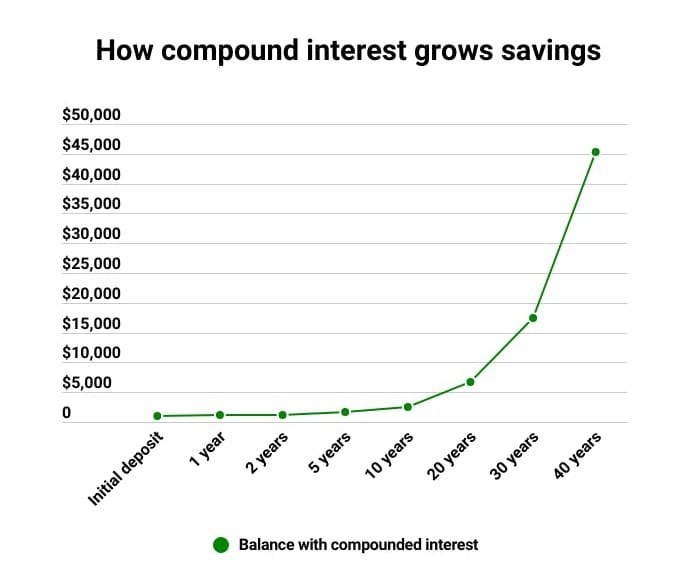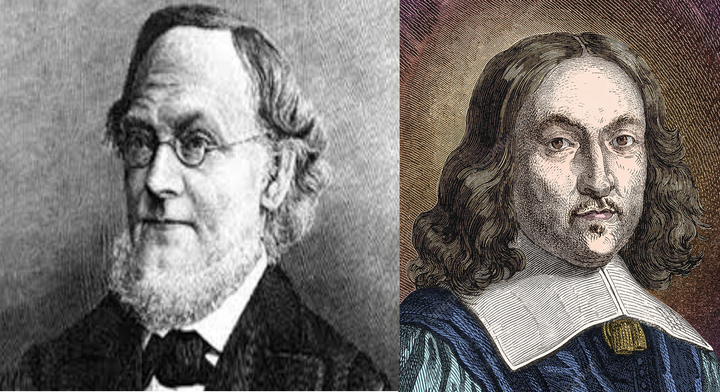The Mysteries of 0 to the Power of 0 Explained
Have you ever pondered the perplexing concept of zero raised to the power of zero? When you input $0^0$ into a calculator, it typically results in a mathematical error. But why does this occur and what does it signify?

Introduction
Have you ever pondered the perplexing concept of zero raised to the power of zero? When you input $0^0$ into a calculator, it typically results in a mathematical error. But why does this occur and what does it signify? In this article, I will guide you through this deceptively simple but complex problem that most people overlook when learning about exponents in regular math classes.
To begin, we are all well aware of the fact that any number raised to the power of 0 equals to one.
$$5^0=1$$
$$999999^0=1$$
Not only that, $0$ raised to any power will always equate to $0$.
$$0^5=0$$
$$0^{12345}=0$$
What is $0^0$ then? Well, let's find out.
It is worth mentioning that as hilarious as it may sound, mathematicians often choose the value that best suits the context and facilitates their calculations. Therefore, $0^0$ is usually determined as undefined and is only given a value under certain cases.
List of Products
In some areas of mathematics, $0^0$ is defined to be $1$ for convenience and consistency in certain formulas and theorems. Many widely used formulas involving natural-number exponents require $0^0$ to be defined as $1$.
For example, the following interpretation of $b^0$ makes just as much sense for $b=0$ as they do for any other positive integers b:
The interpretation of $b^0$ as an empty product assigns it the value $1$.
In mathematics, the concept of an empty product arises when you have a list of numbers to multiply together, but the list is empty, meaning there are no numbers in it. The product of zero factors is referred to as an empty product. When faced with an empty product, the convention is to assign it the value of $1$.
This convention is based on the idea that multiplying any number by $1$ does not change its value. In other words, multiplying by $1$ has no actual effect on the number. This ensures consistency with the property that any number multiplied by $1$ equals to the original number. It may seem counterintuitive at first, but it allows mathematical operations and formulas to be well-defined and consistent in various contexts. So, even though there are no factors to multiply in an empty product, the result is defined as $1$.
The following is a proof for the previous statement:
Equation $1$: $$\prod\limits_{i = 1}^n {a_{_i } } = a$$
Equation $2$: $$\prod\limits_{i = 1}^{n - 1} {a_{_i } } = \frac{a}
{{a_n }}$$
Equation $3$: $$\prod\limits_{i = 1}^1 {a_{_i } } = a$$
Substituting Equation $3$ into Equation $1$ with $n=1$, then we get:
$$\prod\limits_{i = 1}^n {a_i } = \prod\limits_{i = 1}^1 a$$
Now, substituting $n=1$ and $a^n=a$ into Equation $2$:
$$\prod\limits_{i = 1}^0 a = 1$$
Tuples
In mathematics, a tuple is a finite sequence or ordered list of numbers or, more generally, mathematical objects, which are called the elements of the tuple. An n-tuple is a tuple of n elements, where n is a non-negative integer.

The combinatorial interpretation of the example provided above is viewed as the number of sets of 1 element that can be chosen from a set of 2 elements.
How are tuples used to find the value of $0^0$? $b^0$ is the number of $0$-tuples of elements from a $b$-element set. The concept of an $0$-tuple is useful in combinatorics, where it represents an empty selection or a set with no elements. There is only one $0$-tuple, called the empty tuple.

The combinatorial interpretation of the example above would be selecting sets of element from a set of 0 element, which suggested by the example is equivalent to 0. Therefore, the value of $0^0$ is defined as $1$ in this case.
Graph
Let $y=x^x$

By examining the pattern in the table, it becomes evident that the value of $y$ is directly proportional to the value of $x$. As $x$ decreases, $y$ also decreases, which appears to contradict the concept we are attempting to demonstrate, where $0^0=1$.
Let's continue inputting values for $x$ and analyze the corresponding changes in the value of $y$.

Wait a moment. It is interesting to note that now the value of $x$ appears to be inversely proportional to $y$, and as the value of $x$ approaches $0$, the value of $y$ appears to converge towards $1$.

A graph of $y=x^x$ demonstrates that the value of $y$ infinitely approaches, or intercepts the $y$-axis at $1$ when $x=0$. This again supports the assumption that $0^0=1$.
Binomial theorem

Let $x=0$ and the equation simplifies into
$$1=0^0\cdot 1$$
As previously discussed, when any value is multiplied by 1, its value does not change. Consequently, in this case, $0^0=1$.
Limits
The limit of a function at a point '$x$' is the value the function approaches as its value approaches '$x$'. When it comes to assigning a value for $0^0$ using limits, the situation becomes more complicated.

Since $x^0$ is 1 at all other points, any value raised to the power of $0$ equals to $1$. Notice how the line cuts the $y$-axis at $1$, suggesting the value of $0^0$ is also $1$. This seems to confirm that $0^0=1$, but there are other limits of the form $0^0$ with different values.
However, when a graph of $\mathop {\lim }\limits_{x \to 0} \left( {0^x } \right) = 0$ is plotted, it suggests otherwise.

The observation can be made that the graph intersects the y-axis at the point $(0,0)$ when the value of $x$ is $0$. This contradicts the previously mentioned statements, which largely support the assumption that $0$ raised to the power of $0$ is equal to $1$. If we examine the situation from the perspective of approaching $0$ from the left side, the answer would be 'undefined'. This is because any expression involving $0$ raised to the power of a negative number would result in a mathematical error.
Not only that, any other limits of the form $0^0$ can be any value.
$$\lim _{x\to 0}\left(x^{\frac{1}{\ln \left(x\right)}}\right)=e$$
This particular equation, when plotted as a graph, suggests that $0^0$ equate to $e$.
These conflicts are good reasons to call $0^0$ an 'intermediate form' or 'undefined' when dealing with limits. These are the only definitions that are consistent with the way we define limits. This proves that the value of $0^0$ is not necessarily always $1$ in different context of Mathematics.
These contradictions provide valid justifications for defining $0^0$ as an "intermediate form" or "undefined" when dealing with limits. These definitions are the only ones that are consistent with the way we define limits. This demonstrates that the value of $0^0$ is not universally $1$, which is dependent on the mathematical contexts.
Calculus
The power rule, which is used to differentiate functions of the form $f\left(x\right)=x^r$, whenever r is a real number.
$$\frac{d}{{dx}}(x^n ) = nx^{n - 1}$$
Let $n=1$
The differentiation of the expression $x^1$ will then be $1$. If we break the steps down accordingly to the power rule, $1\cdot x^{1-1}=1$.
At the point $x=0$, the differentiation then suggests $1\cdot 0^{1-1}=1$. This statement is only valid if the value of $0^0$ equate to $1$.
To learn more about different differentiation formula and proofs to each of them, do visit https://www.thestempost.com/calculus-proofs-101/ to find out more about calculus.
Euler's justification
In 1752, the well known Mathematician Leonhard Euler in Introductio in analysin infinitorum wrote that $a^0=1$ and explicitly mentioned $0^0=1$. An annotation attributed to Lorenzo Mascheroni, who is an Italian Mathematician, in a 1787 edition of Euler's book Institutiones calculi differentialis offered the "justification"

Conclusion
So, what is $0^0$? In my opinion, it often varies depending on the context, but the most common answer is $1$. However, there are instances where leaving the value of $0^0$ as "undefined" is more appropriate, particularly when dealing with limits to avoid unnecessary complications.
Personally, I find Mathematics truly fascinating because it operates within a well-established system. This system leads to slight variations in definitions and conventions depending on the branch of mathematics being explored. For me, the statement that $0^0=1$ is quite compelling, supported by various approaches. Nevertheless, we should all keep in mind that a permanent value should not be assigned to $0^0$ permanently.



